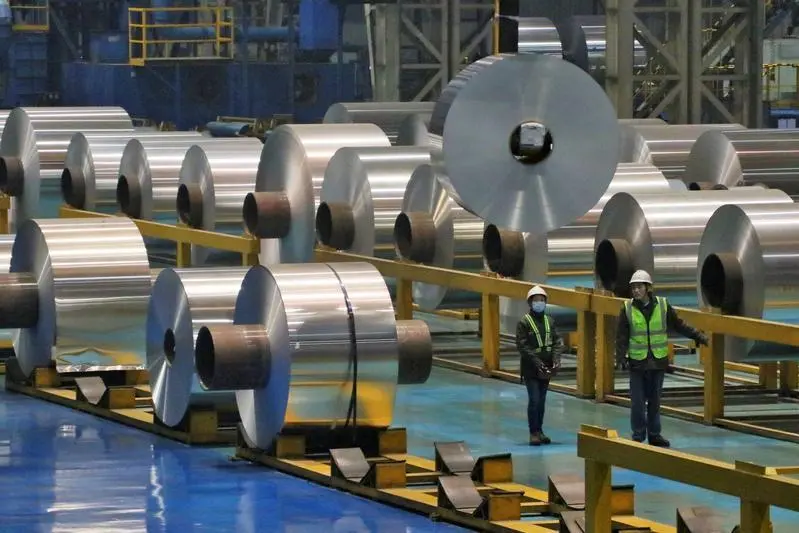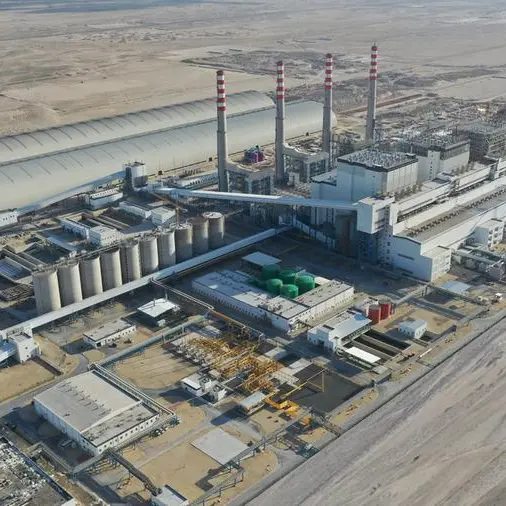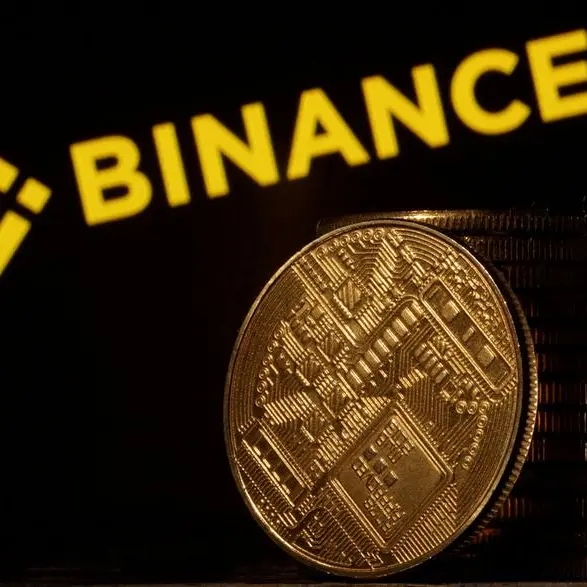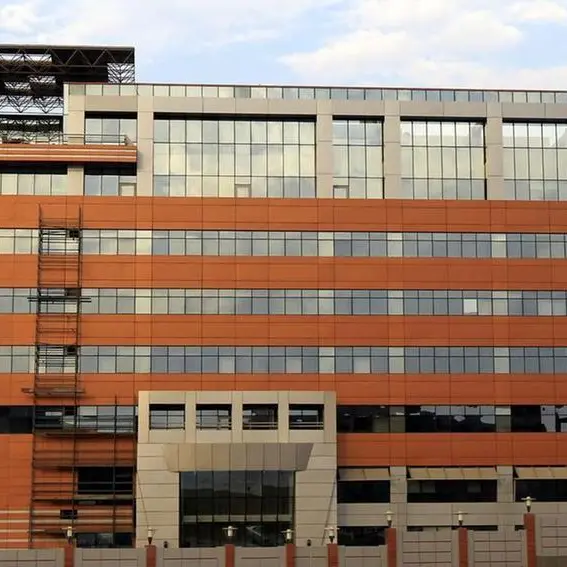PHOTO
(The opinions expressed here are those of the author, a columnist for Reuters.)
LONDON - April was another record month for Chinese aluminium production, the latest in a series stretching back over a decade that has seen China's share of global output rise from 40% to near 60%.
It produced 3.2 million tonnes in April, 8% higher year on year and equivalent to an annualised 39.2 million tonnes, according to the International Aluminium Institute (IAI).
China's seemingly inexorable rise has long been the dominant theme of the aluminium market, both in terms of persistently low pricing and the proliferation of trade disputes as countries have pushed back against its exports of semi-manufactured products.
Those exports continue to flow, totalling 1.66 million tonnes in the first four months of this year.
But China is currently short of aluminium raw material with imports of both primary metal and alloy still running strong. The country's flip to net importer last year initially looked like a COVID-19 recovery disconnect, similar to the one during the global financial crisis more than a decade ago when China last needed to tap international supplies.
But net Chinese imports are starting to look like the new normal as the global economy steadies from the depths of the coronavirus crisis. China's dominance of the global supply chain has taken a whole new narrative twist.
ALL CHANGE IN ALLOY
China's trade in unwrought aluminium alloy has undergone a structural transformation over the last year.
The country has historically been a net exporter of aluminium in this form, with outbound shipments averaging around 515,000 tonnes per year between 2015 and 2019.
Last year, however, China imported 1.2 million tonnes of unwrought alloy and has remained a net importer through the first four months of 2021 to the tune of 246,000 tonnes.
Goldman Sachs analysts last year highlighted a change in construction materials as the booster for alloy demand. A growing number of provinces have banned the use of timber for casting form work in the channels used to lay concrete. ("Aluminium: China's tightness set to continue into 2021", Oct. 27, 2020)
The switch to aluminium alloy for form casting was expected to boost demand by 500,000 tonnes last year alone, the bank said.
Increased appetite for alloy has coincided with reduced imports of scrap aluminium, used in the alloy production melt.
China has relented on its plans to ban completely imports of recyclable metal, allowing higher-grade "resource" to once again enter the country.
Imports of aluminium scrap have started rising again. The tally of 333,600 tonnes bulk weight over January-April was up 23% year on year. But the recovery in volumes has been muted relative to copper scrap flows, which have surged by 82% over the same period.
It remains to be seen whether the scrap-alloy supply chain has irreversibly changed in reaction to Beijing's previous policy of steadily tightening scrap purity thresholds.
PRIMARY FLUX
China has been a net importer of primary aluminium every month since December 2019. Net imports totalled 1.06 million tonnes last year and were 486,000 tonnes over the first fourth months of 2021.
Monthly flows have been more volatile than those of alloy and are likely to remain so, being more directly impacted by the fluctuating arbitrage between the London and Shanghai markets.
But underlying the monthly noise is the combination of China's stimulus-fuelled manufacturing recovery and signs that the country's giant smelter sector has run out of expansion road.
There is a theoretical gap between current run-rates and the government's official 45 million-tonne-per-year capacity cap, but it's partly filled with "illegal" capacity that was ordered to be closed during the reforms of the sector last decade.
This means the operational gap is much smaller right now. Moreover, China's pivot to decarbonisation is already causing problems for an aluminium sector that is heavily dependent on coal for its energy.
Energy-related curtailments in Inner Mongolia have so far been modest but the direction of travel is clear, particularly since the local government has pledged not to approve new aluminium smelter projects as it tries to meet energy efficiency targets.
The rest of the world has become used to China's ability to fire up a couple of new smelters on any sign of price strength. Indeed, its previous enthusiasm for doing so is why so much metal has seeped out of the domestic market in the form of semi-manufactured product exports.
But there is a growing awareness, both within China and everywhere else, that this particular chapter of the aluminium story is now drawing to a close.
CHANGED NARRATIVE
It's hard to overstate the significance of China's new-found need to import aluminium from the rest of the world.
The country's seemingly endless build-out of new smelting capacity has exerted a constant dampening effect on price to the point that many Western smelters have given up the ghost over the last 20 years.
If China is now at or close to peak production, the biggest single restraint on higher prices is removed, which is why investment banks such as Goldman Sachs and Citi have turned structurally bullish on the aluminium price.
There is also a political effect as well.
The rest of the world is coalescing around the common need to address overcapacity in China's steel and aluminium sectors.
A truce in the trade dispute between the United States and the European Union was reached last month with a joint pledge to "hold countries like China that support trade-distorting policies to account".
Both sides committed to "find solutions before the end of the year that will ... ensure the long-term viability of our steel and aluminium industries."
China had no incentive to engage with Western concerns when it was building what it views as strategic metal industries.
Now, however, Chinese policy-makers are prioritising decarbonisation, which means energy efficiency not production capacity is the new metric.
The policy shift is already starting to impact production in both steel and aluminium sectors, and the tensions are only going to become more acute as China collectively prepares to meet President Xi Jinping's target of peak coal usage by 2030.
It's worth noting that China last month removed export tax rebates on 146 steel products. The aim is to fill any domestic market gap caused by forcing inefficient steel mills to close.
It will also reduce the flow of exports that have caused so much trade tension everywhere else.
There has been no mention yet of the export rebates on aluminium products but the timing could be highly propitious for Western countries to engage with China about its impact on the global aluminium market.
(Editing by Edmund Blair) ((andy.home@thomsonreuters.com, 44-207-542-4412 and on Twitter https://twitter.com/AndyHomeMetals))












